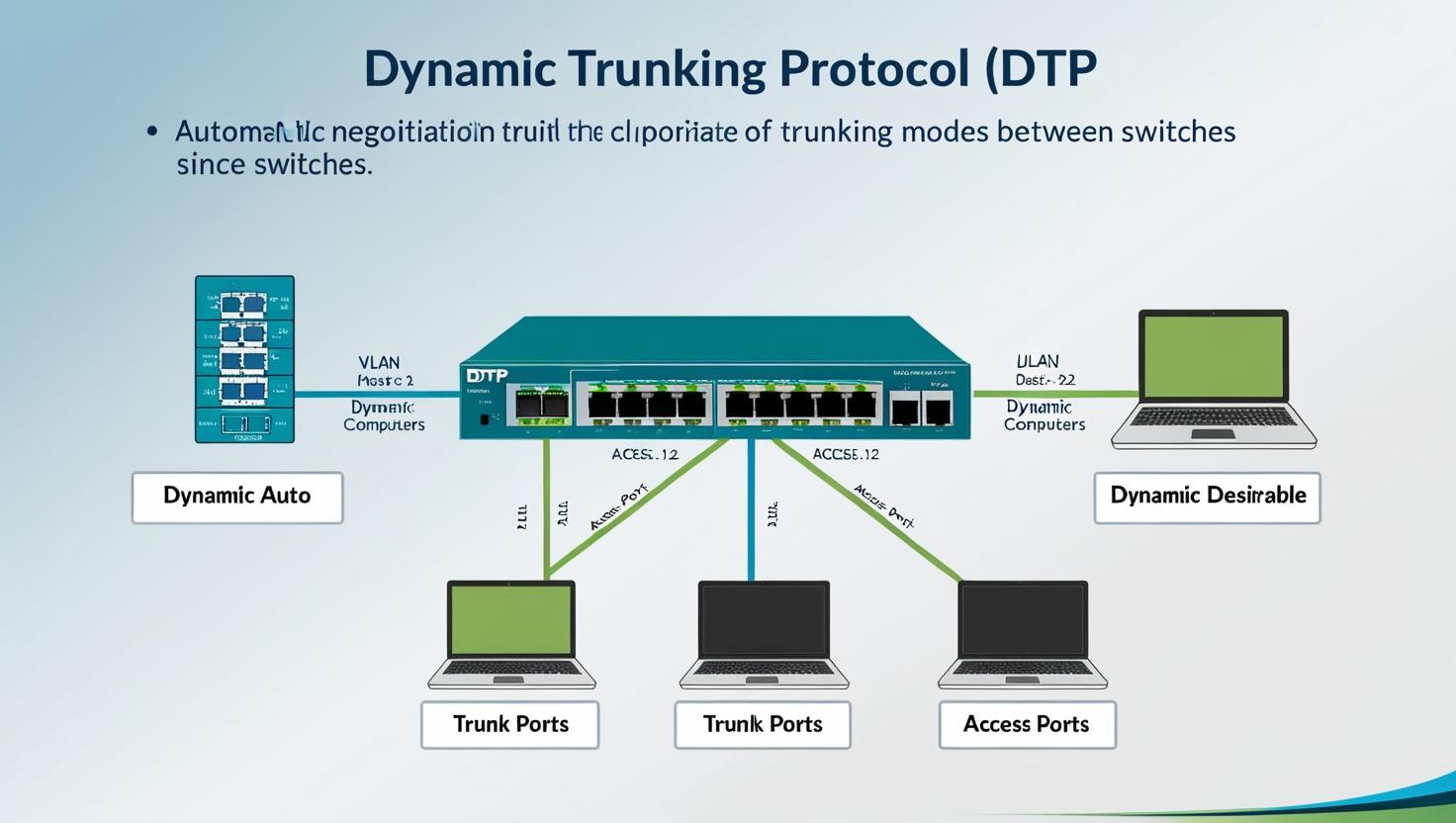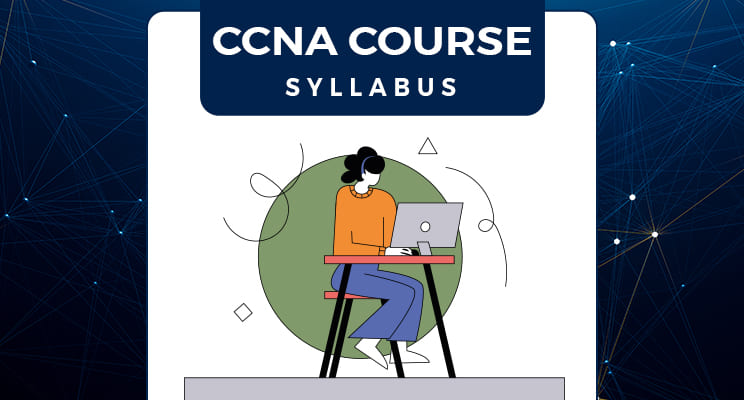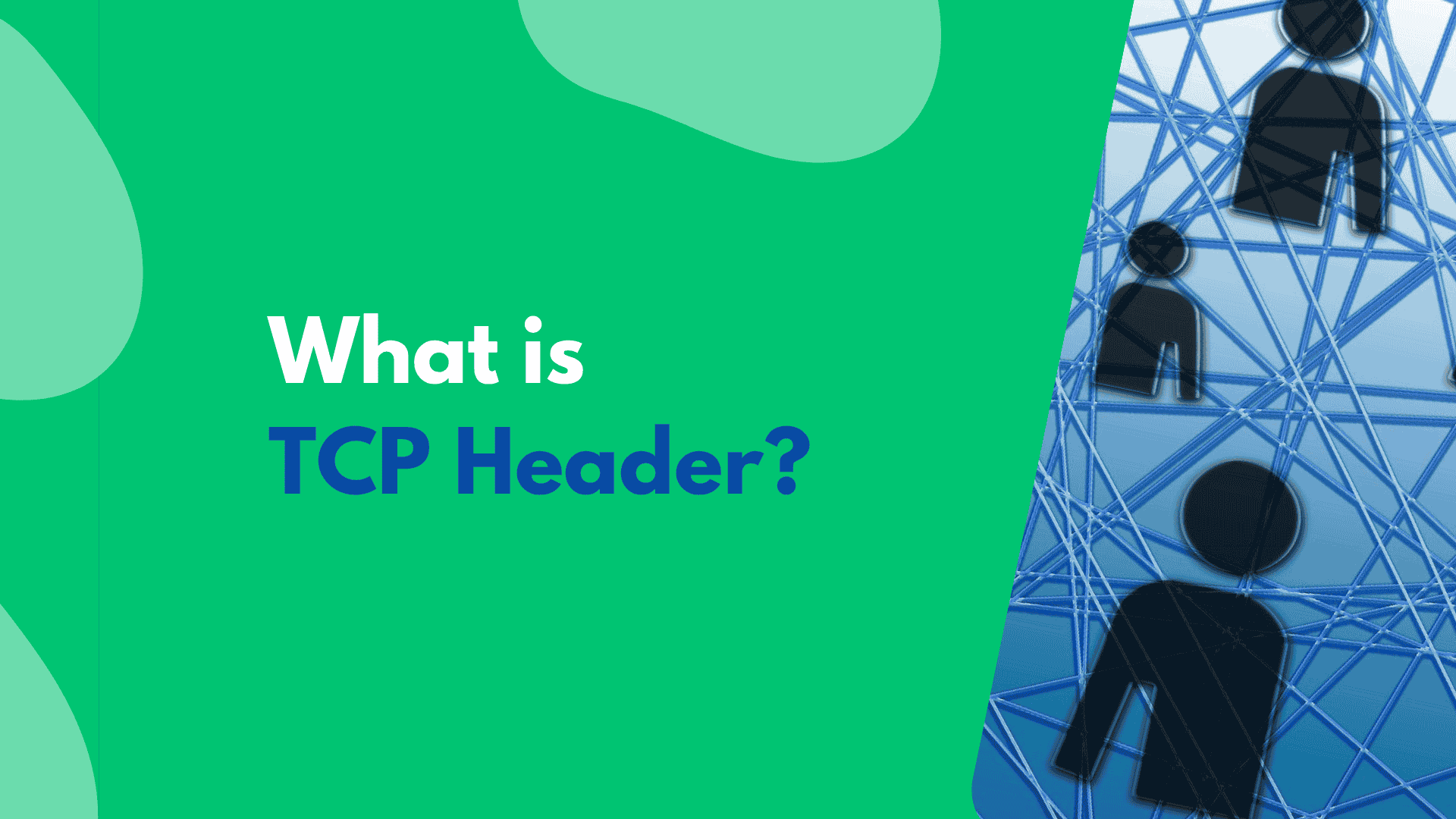Dynamic Trunking Protocol (DTP): An Essential Concept in Contemporary IT Networking

Strong 8k brings an ultra-HD IPTV experience to your living room and your pocket.
In the realm of contemporary IT infrastructure, effective network communication and administration are the essentials of performance, scalability, and security. One such essential element that network professionals should be familiar with is the Dynamic Trunking Protocol (DTP). DTP is a Cisco proprietary protocol for automating trunk link creation between switches for the easy passing of VLAN traffic. It is a critical part of enterprise networks and a prime subject matter in the CCNA course curriculum.
At UniNets, we focus on extensive knowledge of such protocols in our ccna course online and ccna training online, and also include relevant training on Linux so that we can give a complete foundation to budding IT personnel.
What is Dynamic Trunking Protocol (DTP)?
Dynamic Trunking Protocol (DTP) is a protocol developed by Cisco for negotiating trunking on a link between two switches. Trunking is basically carrying more than one VLAN over a single physical connection. DTP simply automates this, cutting down on manual configuration and possibilities of errors.
DTP dynamically determines whether a port is to be a trunk port or not, depending on its setup and the state of the other end port. The primary DTP modes are:
Access: Compels the port to be an access port (non-trunking).
Trunk: Compels the port to be a trunk port.
Dynamic Auto: Awaits receipt of DTP frames; if the other end is in desirable or trunk mode, it becomes a trunk.
Dynamic Desirable: Continuously sends DTP frames to negotiate trunking with the other side.
Such negotiation is critical in dynamic network setups, particularly in large enterprise networks, where numerous VLANs need to exist and intercommunicate effectively.
Why DTP Matters in IT Networking
For network administrators and engineers, knowing how DTP functions is important for a number of reasons:
Automated Trunk Negotiation: DTP eliminates the necessity for manually setting up trunk ports, making it easy to set up networks.
Effective VLAN Communication: Trunks enable multiple VLANs across a single link, enhancing network communication.
Error Prevention: Dynamic configuration eliminates misconfigurations during network growth or relocation.
Security Sensitivity: DTP can be abused if not set up correctly, so it is critical to be aware of its behavior and learning how to harden trunk ports.
All these are comprehensively addressed under UniNets' CCNA course, where students have access to hands-on labs to set up and diagnose DTP scenarios.
DTP in CCNA and Linux Networking Environments
At UniNets, our online ccna training gives students both theoretical and practical knowledge of DTP and other Cisco switching protocols. Through our online ccna course, students:
Learn to configure and verify trunk links.
Understand the interaction between DTP modes.
Analyze packet captures to see DTP negotiation in action.
Learn about how DTP works with VLANs, STP, and port security.
In addition, Linux training supplements these abilities by offering command-line skills, which are necessary to configure open-source routers, deal with VLANs in Linux infrastructure, and work with hybrid infrastructure environments.
Our linux course further educates students in how to set up network interfaces, handle VLAN tags on Linux bridges, and use vconfig and ip tools to emulate trunking modes.
Understanding Network Basics: A Foundation for Learning DTP
In order to comprehend the importance of DTP, students need a good idea of fundamental networking principles. In our UniNets training, we start from scratch:
Types of Network
Networks are categorized on the basis of geographical extension and purpose:
LAN (Local Area Network)
WAN (Wide Area Network)
MAN (Metropolitan Area Network)
These are important to realize where DTP comes in with enterprise networks.
Types of Computer Network
You will learn about:
Client-server networks
Peer-to-peer networks
Wireless networks
There are different types of networks that have distinct situations in which trunking and VLANs would be required or not.
Computer Network Types
It is imperative to recognize the difference between wired and wireless networks, intranet, extranet, and the internet—collectively forming the framework upon which trunking protocols such as DTP function.
CSMA/CA vs CSMA/CD: How It Applies to DTP and Switching
Another significant networking idea discussed in the ccna course online is CSMA/CA vs CSMA/CD. These are access control techniques that regulate how data moves along a network medium:
CSMA/CD (Carrier Sense Multiple Access with Collision Detection) is employed in wired Ethernet networks and assists in detecting and resolving data collisions. This was crucial in previous half-duplex Ethernet networks.
CSMA/CA (Collision Avoidance) is employed in wireless networks where it is more difficult to identify collisions, so they are actively prevented.
Knowing CSMA/CA versus CSMA/CD is important when performing work with DTP and VLANs, particularly in mixed networks with both wired and wireless infrastructure. It allows students to comprehend how devices share media and what occurs when multiple VLANs exist.
DTP Best Practices for IT Professionals
While DTP is convenient, it also has security implications if not handled correctly. Auto-negotiated trunk ports can be used by hackers to gain access to several VLANs. That's why best practices involve:
Disable DTP on non-trunking ports using switchport nonegotiate.
Configuring trunk ports manually where possible.
Applying port security to limit access.
VLAN pruning to limit VLANs that can be transmitted on trunks.
These methods are imparted through lab-based simulations at our ccna training online in UniNets, such that students don't merely memorize theory—they use it pragmatically.
Why Select UniNets for DTP and Networking Training?
We are the experts in practical, employment-oriented IT training at UniNets. Be you a candidate for a networking position or looking to deal with full-scale IT infrastructure, our training helps you become job-ready from the first day.
Here's what you receive:
Live instructor-led training and certification assistance.
Hands-on labs and actual Cisco device simulators.
Convenient schedules for working professionals.
Career guidance with resume preparation and placement assistance.
Bundled learning: Pair ccna training online with linux training for optimal career effect.
Conclusion
The Dynamic Trunking Protocol (DTP) might appear to be a minor aspect of networking, but its application in setting up and controlling VLANs within enterprise settings means that it is an IT concept that you cannot afford to ignore. From the setup of trunk links to VLAN traffic optimization to switch port security, knowing DTP is crucial.
At UniNets, our online ccna course and linux course equip you with the skills and confidence needed to approach real-world infrastructure issues. Join today and solidify your foundation in IT networking.
Note: IndiBlogHub features both user-submitted and editorial content. We do not verify third-party contributions. Read our Disclaimer and Privacy Policyfor details.





